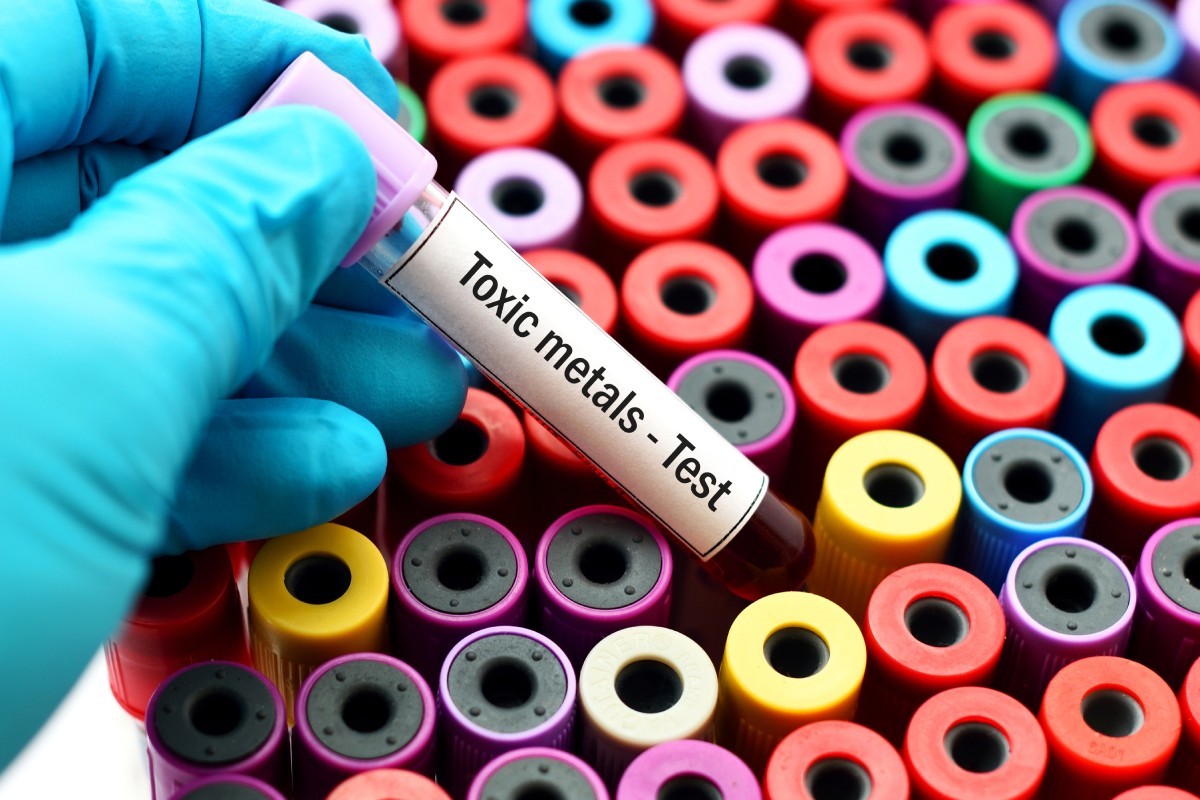One of the biggest reasons why lead poisoning is so dangerous is because its symptoms can be difficult to notice. It’s common for people, children included, to exhibit no symptoms of lead poisoning. Even if someone is showing signs of lead poisoning, the symptoms are also common with a number of other conditions, and so people don’t immediately think that lead could be the cause.
Unfortunately, by the time symptoms appear and lead poisoning is determined to be the cause, the body has already accumulated dangerously high levels of lead. The key is to be cognizant of the symptoms of lead poisoning and always consider the possibility that lead is causing those symptoms so that the person who is sick can be tested and receive treatment if necessary.
You should also be aware of the different ways that lead can affect children and adults. There are differences in how high levels of lead manifest in children and adults, and so the symptoms aren’t always the same. Here is a look at some of the most common symptoms of lead poisoning.
Infants
Sadly, it’s possible for infants to be exposed to lead while still in utero, which can lead to complications early in life. Being born prematurely is one possible sign that a baby has been exposed to lead. Babies with a high amount of lead in their body may also have a lower-than-normal birth weight and be slow in their growth and development. With babies, it’s obviously critical to identify possible lead poisoning as soon as possible.
Children
Unfortunately, symptoms of lead poisoning in children are all over the map. Often times, they can just be the activity of normal children. The possible symptoms of lead poisoning can also contradict each other. For instance, both tiredness and hyperactivity are two possible signs of lead poisoning in children, not to mention perfect normal behavior of any child.
A few of the symptoms of lead poisoning that should stand out to most parents include weight loss, a lack of appetite, and even the desire to eat items other than traditional food. Other dietary issues like constipation, abdominal pain, or vomiting are also possible signs of lead poisoning that should raise an eyebrow.
It’s possible for children suffering from high levels of lead to have difficulty learning or paying attention. If a child is abnormally sluggish or falling behind developmentally, lead poisoning is a potential cause.
Adults
Generally, adults are less at risk for lead poisoning, as their bodies are more capable of handling low levels of the heavy metal. Nevertheless, it’s possible for lead to build up over a long period of time and eventually manifest in symptoms that are unpleasant and medical conditions that are rather serious.
Among the most common symptoms of lead poisoning in adults are fatigue, trouble sleeping, headaches, and irritability. Of course, some of these come naturally with age, while others can be indicative of less troubling conditions.
Much like children, there are certain dietary symptoms that can signal lead poisoning in adults. Stomach pain, constipation, weight loss, nausea, and a loss of appetite are all possible in adults who have high levels of lead in their system.
Adults should also be cognizant of serious symptoms like joint pain and high blood pressure. It’s also possible to experience reproductive side effects. In men, this can mean a reduced sperm count. For women, high levels of lead can cause miscarriages, among other pregnancy-related complications.
What to Do
If you or a family member experiences these kinds of symptoms, it’s important not to dismiss them, especially if they persist. It’s important to seek out a medical professional, as a simple blood test can usually determine if you have too much lead in your body. From there, your doctor can determine the best way to treat the problem.


